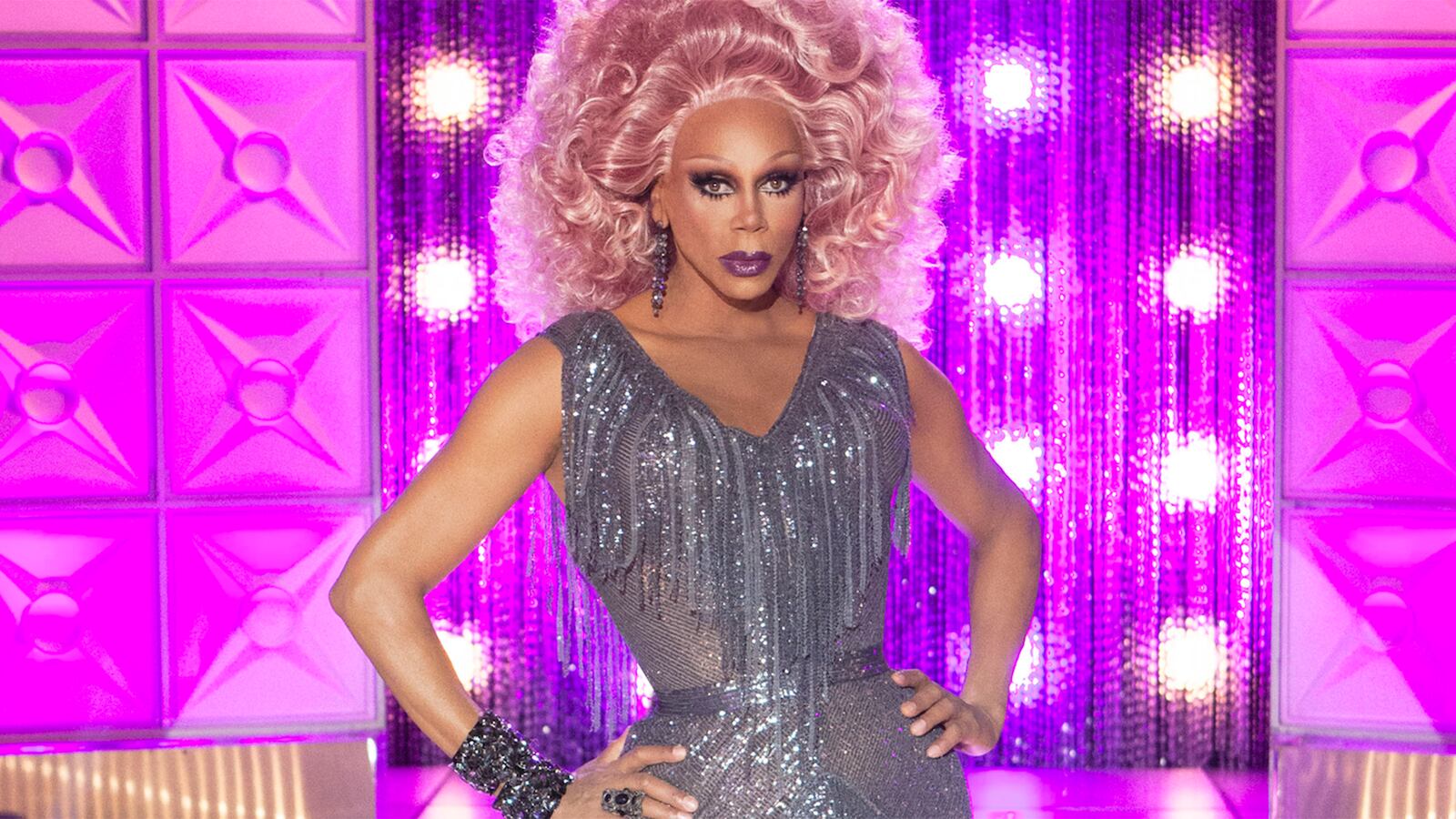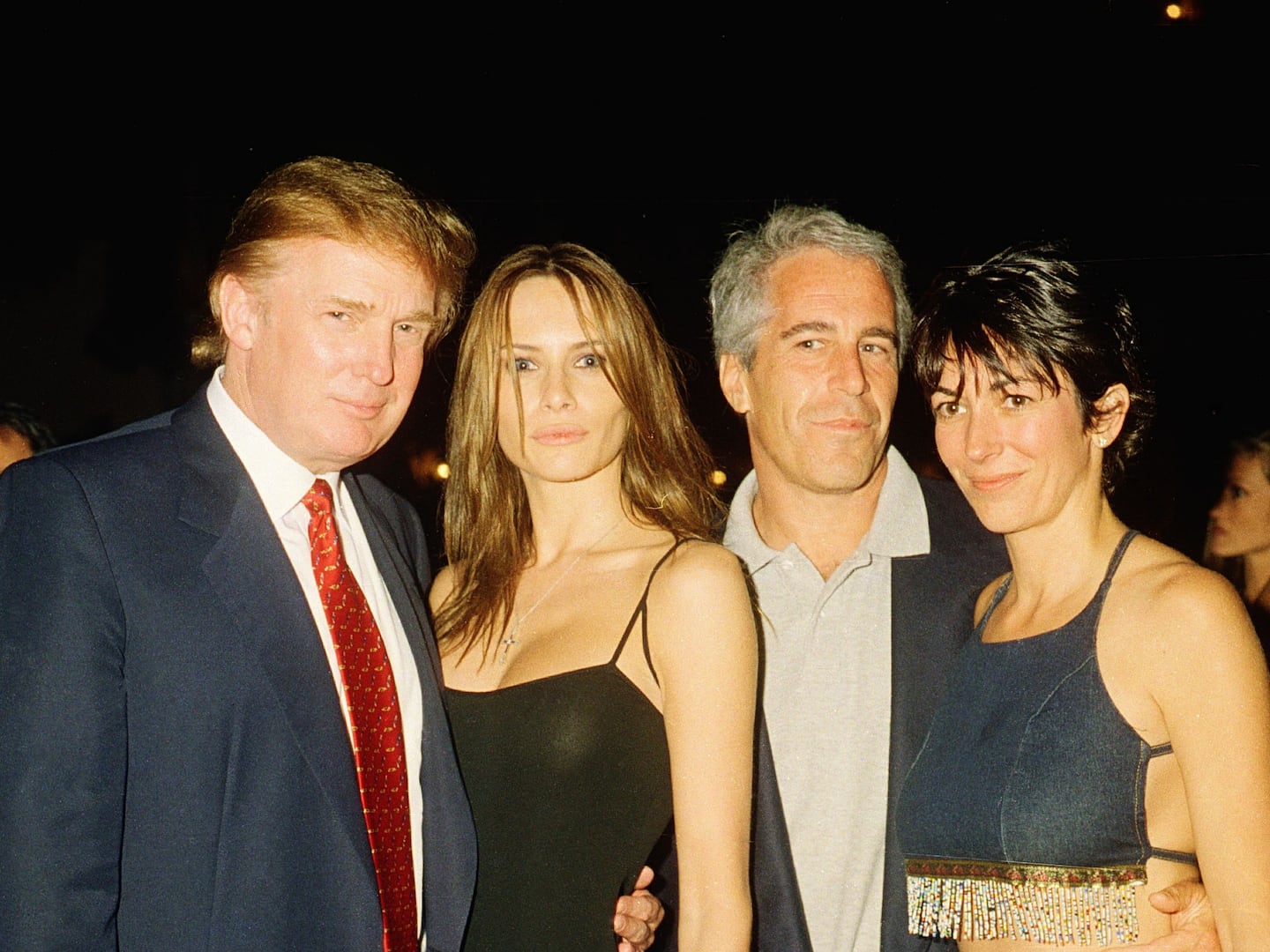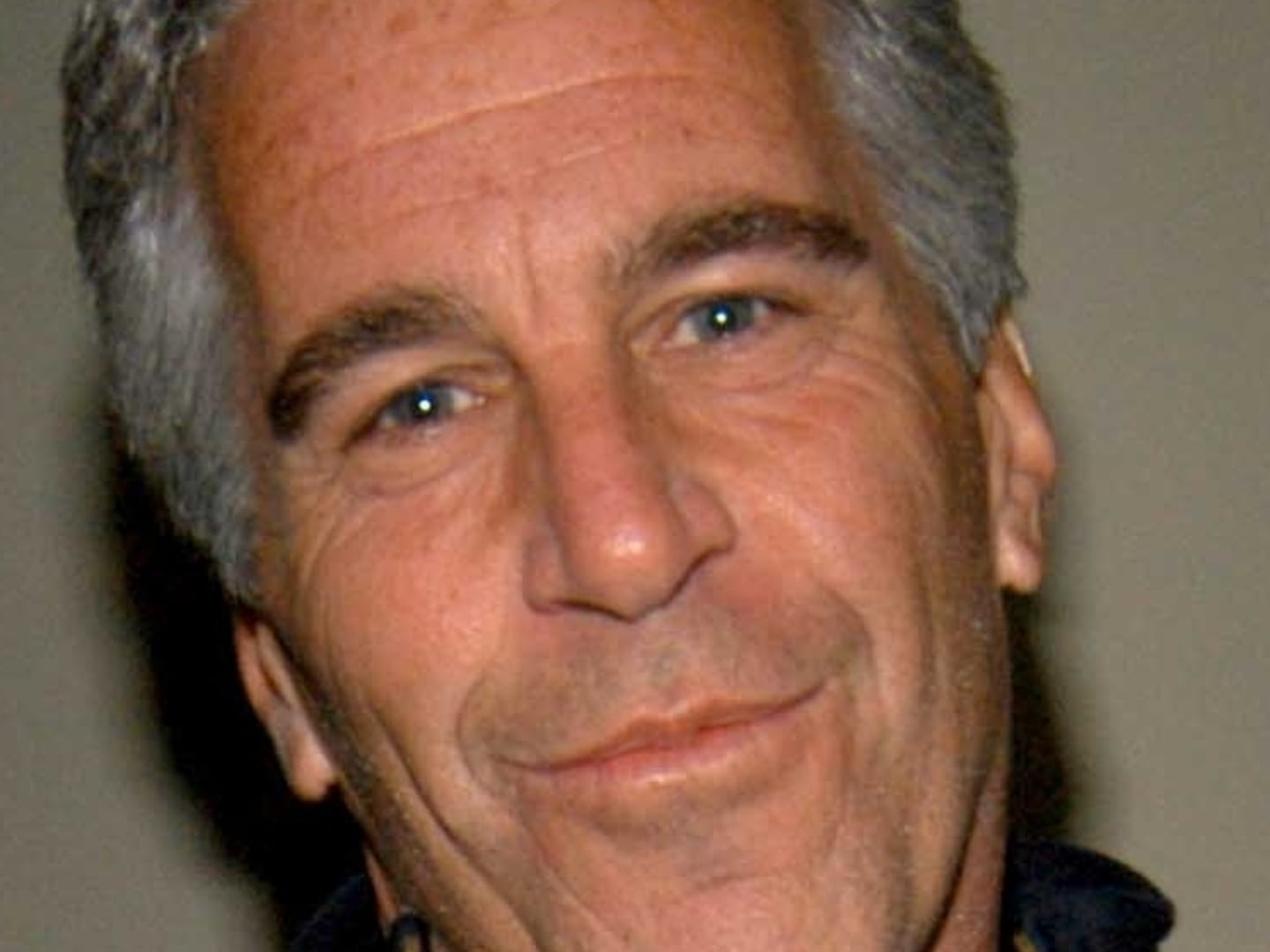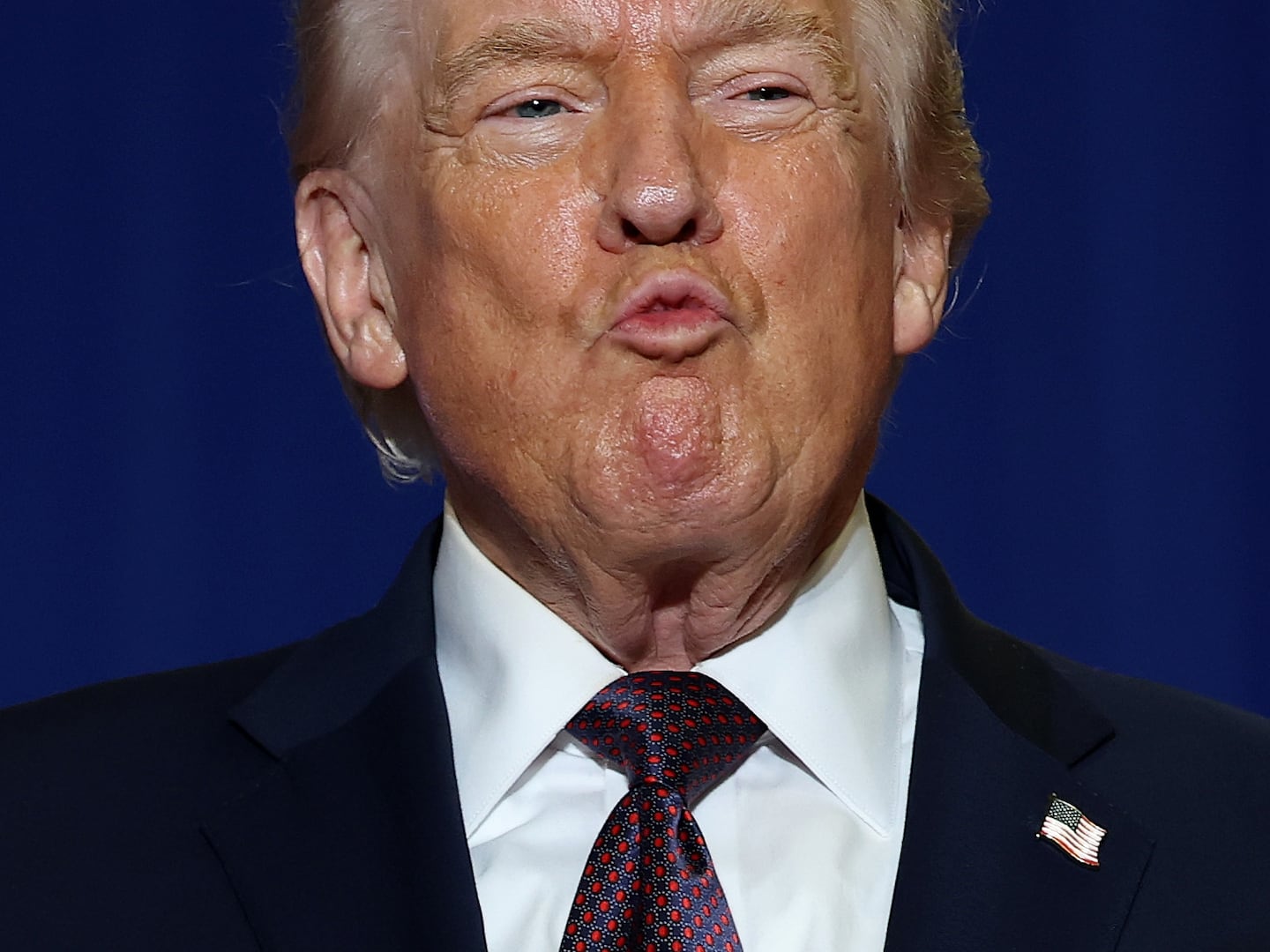RuPaul’s Drag Race, the bedazzled, padded, love-yourself empowerment anthem of a TV show, has always been a breath of fresh air, resuscitating joy, love, and fierceness into its audience’s often dying spirits with each new season.
These days, that breath is more of a dramatic gasp, a desperate choking for life and, more poignantly, love at a time defined by bleakness, dividing hate, fear, and dread. Times like these may require more heavy-lifting than Drag Race’s usual runway of lip-synching, snatching goddesses. It needs drag superheroes. So Ru has enlisted her All-Stars. Thursday night, the third crop of the bunch came to the rescue in the RuPaul’s Drag Race: All Stars 3 premiere.
While RuPaul’s Drag Race has, in an arc that is improbable bordering on impossible in this overstuffed television landscape, become more popular, more entertaining, and more critically celebrated—work that Emmy, Ru—its crowning achievement was its victory lap at the height of that surging popularity, the second outing of RuPaul’s Drag Race: All Stars.
For all the talent and pageantry, an undercurrent of purpose is ever-present. This isn’t as much a reality competition as it is a movement by way of group therapy.
Through the contestants’ journeys, the audiences work through the pains and the pleasures of coming out, being rejected by society, finding a tribe, owning your fabulousness, mending relationships, and finding yourself. The icing on the cake was the top-to-bottom fierceness of the show’s top-tier talents, sashaying weekly on our TVs right up until the dawn of Election Day.
Drag, of course, is an inherently political act. This season promises to be explicitly political at times too: Nancy Pelosi will be one of the guest judges.
And so it was particularly inspiring, perhaps necessary, and certainly cathartic, when the next season of queens took the baton from the season 2 all-stars and continued that marathon mission of Ru’s: Everybody say love; love yourself, ’cause how the hell how you gonna love somebody else; we’re all born naked and the rest is drag.
They waved that proverbial flag straight through to the finale, in which flower petals rained down that message from inside winner Sasha Velour’s wig. The marginalized? The ones feeling unseen by the administration? The ones fearful of what the political climate might mean for the future? Your tribe is here for you. They’re fierce, they’re talented, and they’re full of love, too.
It’s a lot of joy and earnestness for a reality TV competition, especially juxtaposed with the cynicism and latent meanness that has crept like an epidemic across most other reality shows. It’s why the passionate Drag Race fan army has spread far beyond the LGBTQ community that championed it early on. It’s why Drag Race: All Stars 3 couldn’t come at a better time.
Thursday’s premiere addressed that sentiment pretty directly.
The episode began with a sketch featuring the two previous winners of All Stars seasons, Alaska and Chad Michaels, in their most shocking drag yet: in red cloaks and white bonnets as handmaids from The Handmaid’s Tale.
“The Drag Race Hall of Fame isn’t what I thought it was going to be,” Alaska joked, a cheeky reference to the peculiar, subversive place the show and the art finds itself in during this current cultural moment. Then, the gut-busting kicker, the sort-of permission to laugh needed to rev up for another season of Drag Race in spite of everything else: “You look really nice in red, though. It’s your color.”
While previous All Stars seasons have featured the queens who narrowly missed the crowns in their respective years, the crop in this third go-round is decidedly different, to the point that the show’s biggest fans were confused about the seemingly random assortment. But as the group coalesced, a theme to their selection emerged. RuPaul himself acknowledged it later in the episode, calling the season “all about my comeback kids.”
It’s an interesting course correction for the slightest flaw of the last All Stars season, in which the queens exploded from the first episode competing at the highest level. They put on a fireworks show of near-perfection all the way through to the finale—meaning there was none of the narrative journey of improvement, comebacks, or proving yourself that is standard for reality TV seasons.
The All Stars 3 contestants all made notable impressions in their respective seasons but failed to showcase their potential on the show. Instead, they came into their own in terms of star power, talent, popularity, and recognition while on the circuit after they wrapped. This is their chance to return to the series at the top of their games and take advantage of it as a launch pad while at that level.
There’s Milk, whose avant-garde take on drag and high fashion earned him a Marc Jacobs ad campaign, and Trixie Mattel, who finished in the middle of the pack on her season but who is now co-hosting a riotous Viceland talk show and is one of the most visible Drag Race alums working. Right up there with Trixie in terms of celebrated comedy queens is BenDeLaCreme, who’s also back this season.
Chi Chi Devayne, the self-proclaimed “trash bag queen with the heart of gold,” has had a chance to refine her unpolished aesthetic to match the level of her performance energy, while returning queens like Kennedy Davenport and Shangela have become among the most in-demand performers and hosts in the time since their seasons ended. For Morgan McMichaels and Thorgy Thor, it’s a shot at redemption for two fan-respected queens whose impact off the show has far superseded their time on it.
Then there is Aja, whose pre-show build-up and then subsequent implosion on the last season of Drag Race was dramatic enough to leave a black hole nearly large enough to swallow her off-putting ego. Yet she returns to All Stars remade, both physically—after being “the ugly duckling of season 9,” she’s had a host of cosmetic procedures to be “HD ready”—and with maybe the most fan goodwill after a star-making turn in the Untucked after-show and again in the reunion episode, where she delivered salty reads of her polarizing fellow contestant Valentina.
The big twist of the season—and one of the only spoilers we’ll reveal here—is a 10th secret queen who is joining the previously announced list. Bucking the generally understood rules of All Stars seasons, it’s the winner of the very first season of Drag Race, Bebe Zahara Benet. How is it fair for a winner to compete in All Stars? At the time, the show was a merely a gust compared to the cultural hurricane it is now (RuPaul himself mocked the shoddy production values of that first go-round). This is a chance for the stalwart veteran to take advantage of the platform the show became for the queens that have sashayed behind her.
We won’t spoil the specifics of the episode’s challenges, other than to say the thrill of an All Stars season is the queen’s familiarity with the show’s format, and thus the preparation and confidence required to put on the best show possible. The judges, including RuPaul, Michelle Visage, Ross Matthews, and surprisingly fun guest Vanessa Hudgens, are both extra scrutinous, but also extra eager to revel in the excellence.
That excellence was hardly on par with that the last All Stars iteration, but did reveal surprise talents from the likes of Trixie Mattel and Thorgy Thor, and, from BenDeLaCreme, two of the funniest comedy queen performances the series has ever aired. The rest we’ll leave for the Drag Race superfans to debate.
Few series boast fans with this kind of encyclopedic knowledge of the show’s history and impassioned opinions about its future. They will have opinions about how the premiere shakes out—loud, vocal ones—and, as is their wont, make instant rulings about how the episode and the season will rank in the grand scheme of Drag Race greatness.
But the minutiae of those debates aside, as a series, Drag Race remains a marvel of reality TV editing—we dare you to find a series that mines as much breezy humor solely through camera cuts—and unrivaled in its ability to imbue a talent pageant with cultural import. There’s fashion talent to gag at, and, in the case of this premiere, a comedy lip-sync to Nicki Minaj’s “Anaconda” that will have you literally screaming with laughter. But there’s also a moral compass, a guiding light beaming from RuPaul, one of pop culture’s greatest spiritual north stars and a godmother to all who have ever felt marginalized or less than.
While hardly glamorizing the lives of the hard-working queens who are still forced to stomp through some serious horse shit, albeit in their size 12 heels, The New York Times recently declared this the Golden Age of Drag. There’s something in the zeitgeist. We need this moment.
In a recent interview with Oprah—how’s that pairing for a 2020 ticket?—RuPaul explained why he thinks drag is resonating as much as it is right now. “It shows people that everything’s temporary,” he said. “It’s just clothes, paint, powder. Drag is like fame: It doesn’t hide you. It reveals who you are. Drag can help you understand what you are, how amazing it is to have a human body, and what you can do with it.”
That’s a valuable message heralded from an art that’s always been subversive, a little punk rock, and inherently brave. More, it’s an art that radiates positivity, inarguably the greatest value of a piece of entertainment, and thus the purest reason RuPaul’s Drag Race is one of the greatest shows airing on TV.
“I work at it every day,” RuPaul says about positivity. “All those inspirational things I say to contestants on the show, those pep talks, I’m actually saying them to myself. I also try to laugh as much as possible. There’s a scene in The Witches of Eastwick where all three women start levitating because of laughter. That’s the most powerful spell you can cast. The most difficult choice I make every day is to be engaged, choose love, and not succumb to darkness. Because it’s always in my peripheral vision.”






